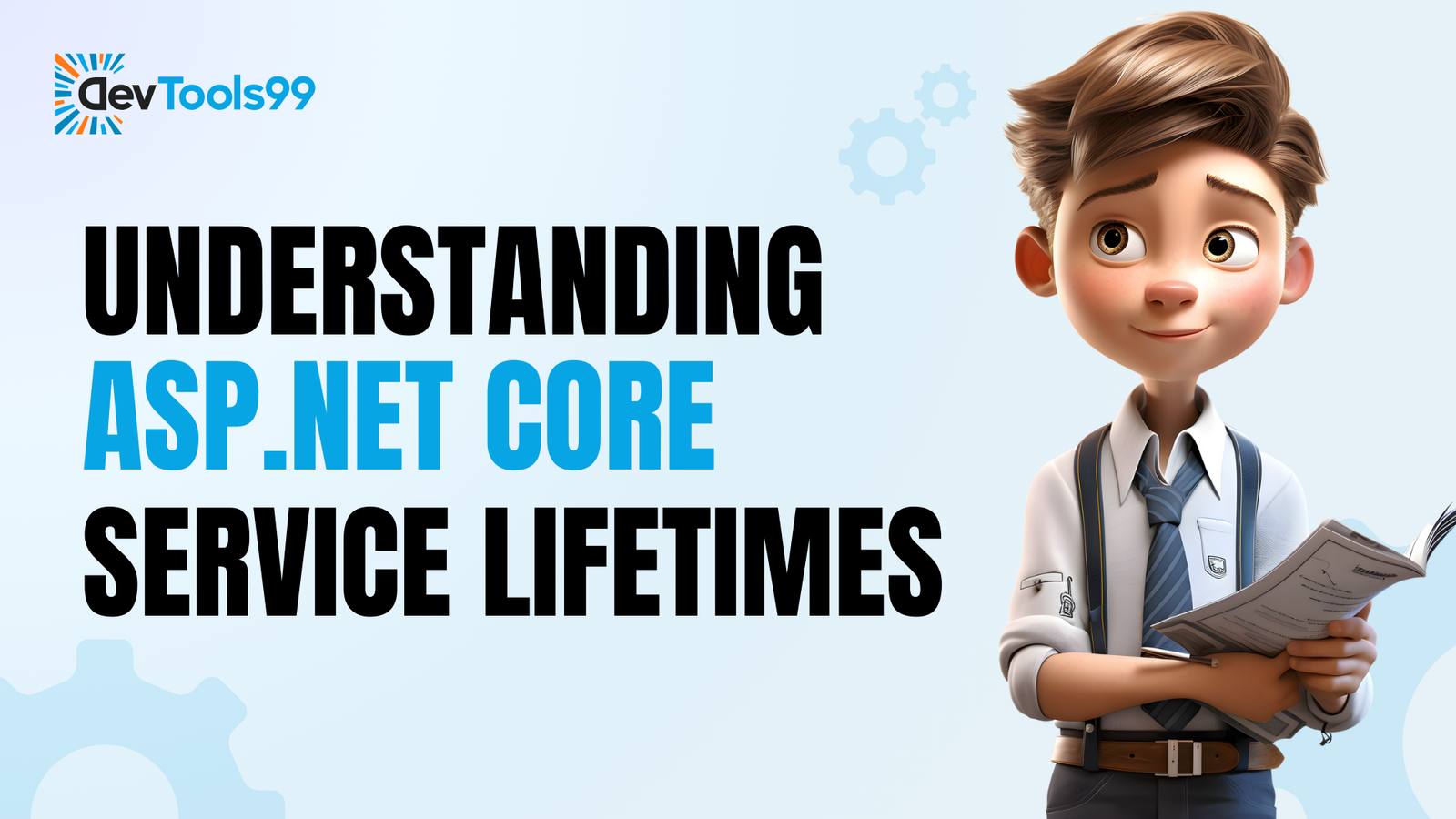
Understanding ASP.NET Core Service Lifetimes
ASP.NET Core provides three types of service lifetimes: Singleton, Scoped, and Transient. Understanding these lifetimes is crucial for managing service instances in your application effectively.
Singleton
A single instance of the service class is created and re-used throughout the entire application instance.
services.AddSingleton<IBasketService, BasketService>();
Use a Singleton when you want to share the same instance of a service across different parts of your application. This is useful for stateful services that need to maintain a shared state.
Be cautious while using Singletons. If the service is long-running, it can cause concurrency issues.
Scenarios to use Singletons:
- Configuration managers
- Caching services
- Logging services
- Services managing shared resources
Scoped
Scoped services are created once per request within the scope. It is equivalent to a singleton in the current scope.
services.AddScoped<IBasketService, BasketService>();
Every time a new request is processed, a new instance of BasketService is created. For the scope of the particular request, all other components of the application bound to the BasketService will get the same instance.
Use Scoped services when you want a separate instance of a service for each operation or request. This is useful for services that need to maintain state for the duration of an operation.
Scenarios to use Scoped services:
- Database transactions
- Per-request state management
- Services associated with the lifespan of a particular operation
Transient
A new instance of the service is created every time it is requested. Instances are not reused across different requests or scopes.
services.AddTransient<ICartService, CartService>();
Prefer to use Transient services for lightweight, stateless services with short lifespans or disposable resources. Each request or operation gets a fresh instance of the service.
However, be aware that this creates additional work for the garbage collector to clean up these short-lived objects.
Scenarios to use Transient services:
- Lightweight services
- Stateless services
- Services with short lifespans or disposable resources
Follow Us:
Stay updated with our latest tips and tutorials by subscribing to our YouTube Channel.
